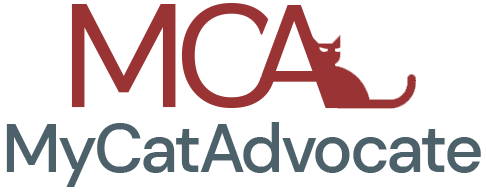Medicare Part D: Prescription Drug Coverage
If you’ve ever had to pay for a prescription out-of-pocket without insurance coverage, you may understand just how expensive medications can be. Medicare Part D is prescription drug coverage that helps pay for medications prescribed by your physician. If you are close to qualifying for Medicare, or you’re already enrolled but have had creditable drug coverage through an employer, union, or group that is ending, you may want to consider enrolling in Part D prescription drug coverage now.
Let’s discuss some basic information regarding Medicare Part D that may help you find the coverage you need.
Enrolling in Part D prescription drug coverage
Medicare Part A and Part B do not help cover the costs of medications your doctor may prescribe for you to take at home. In order to have drug coverage, you’ll need to enroll in a Prescription Drug Plan (PDP) or a Medicare Advantage plan that includes prescription drug coverage.
If you get Part A and Part B through Original Medicare, you can enroll in a stand-alone PDP. PDPs are offered by private insurance companies, so even though they are required by law to provide some basic coverage, the costs and benefits can vary.
As an alternative to Original Medicare, you can choose to get your Part A and Part B coverage through a Medicare Advantage (MA) plan. Most MA plans include Part D prescription drug coverage and are sometimes referred to as MA-PDs. You may find it more convenient to have all your benefits included under one umbrella. Plus, most MA plans may include additional benefits, such as routine vision and dental care, fitness programs, over-the-counter discounts, and more.
PDPs and MA-PDs can vary, but they’re required to cover a range of prescription medications that are commonly required by people with Medicare, including certain protected classes of drugs that treat conditions like cancer and HIV/AIDS. Each Part D plan has its own formulary, or list of covered drugs. These drugs will be placed in tiers of pricing that go up depending on the class of drug:
- Tier 1: Generic drugs with the lowest copayments
- Tier 2: Preferred, brand name drugs
- Tier 3: Non-preferred brand name drugs
- Tier 4: Specialty drugs with the highest copayments
It’s important to compare Prescription Drug Plans (PDPs) or Medicare Advantage plans with prescription drug coverage (MA-PDs), especially if you already take certain medications. Make sure the plan you choose will cover the drugs you currently need at a price you can afford. Some plans may insist you use network pharmacies and/or may give you mail order options. Review your options before enrolling.
When should you enroll in Part D?
The best time to enroll in Part D coverage is during your Initial Enrollment Period. If you do not enroll in prescription drug coverage when you’re first eligible for it, and you don’t have other creditable drug coverage through an employer, union, or group, you may have to pay a late fee when you decide to enroll later on.
Costs under Part D
Premiums will vary from plan to plan, and you may pay more based on your income or if you enrolled after your Initial Enrollment Period has ended. Plans will have an annual deductible you must pay before your benefits kick in. During 2022, the deductible can’t be higher than $480.
The overall costs for prescription drugs will depend on how many medications you need, where you buy them, and what plan you enroll in. Compare plans carefully before enrolling. Have your current medications on hand so that you can compare the prices among Part D plans available in your area.
